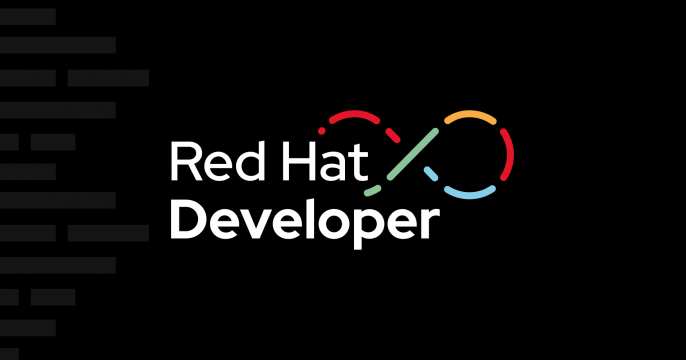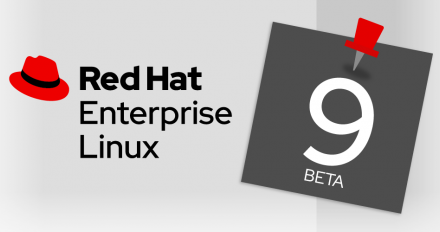
An introduction to debug events: Learn how to use breakpoints
Breakpoints are the most commonly used (and underused) debugging event in a debugger. This article discusses the breakpoint features that GDB offers developers, and shows how to use breakpoints effectively.















